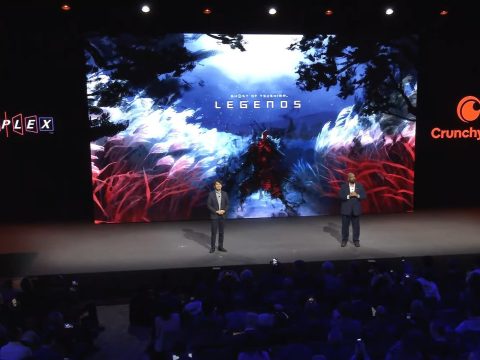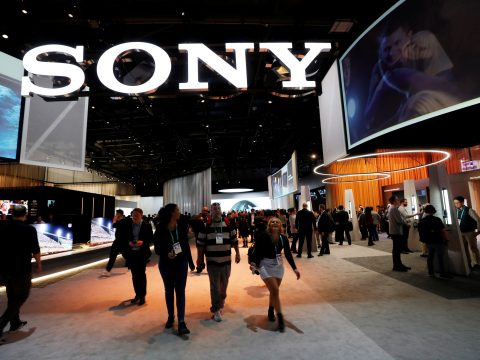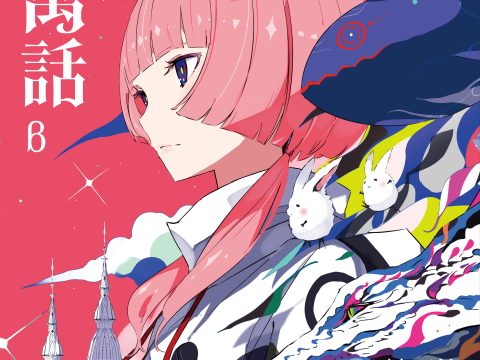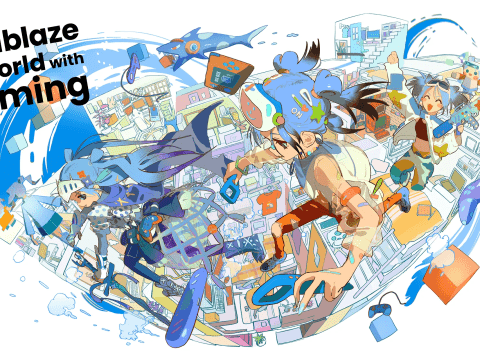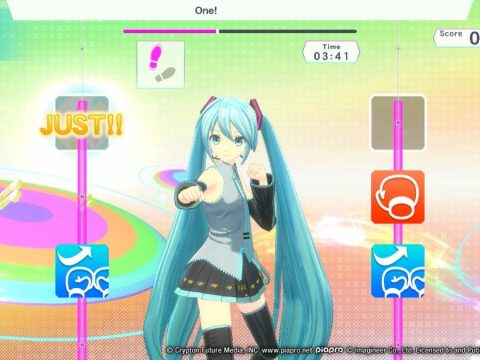If you’ve spent any time around a television in Japan, you know the average evening of entertainment is, well, bad. Swathes of primetime programming are filled with soap opera-quality scripted programming, or worse, Japan’s dreaded “variety” shows, in which quasi-celebrities sit around a set commenting on recent events, playing nonsensical games or overacting while eating.
It’s enough to boggle the mind of one Japanese researcher, who asks, “how are anime and these shows even made in the same country?”
That researcher is Kenichiro “Ken” Mogi, a cognitive scientist at Sony Computer Science Laboratories, who wrote in a column November 27:
“Lately I’ve been thinking about the fact that Japanese animation >>> Japanese broadcast TV (especially variety shows). The fact that recently, the former is so remarkably good and the latter so awful is a mystery. How can the same country make things with such varying quality?”
Mogi cited Your Name and In This Corner of the World as specific examples of high-quality anime, saying that in the former, “every corner of the screen is packed with heartfelt images, and the sound quality is also fantastically done, so why does Japanese TV look and sound so bad? I can’t understand it for the life of me.”
The researcher, who was honored as one of GQ Japan’s Men of the Year in 2007, stated he’d like makers of Japanese TV shows to “watch Your Name and In This Corner of the World and, as creators themselves, take pride in their work and make something great.”
As someone occasionally subjected to primetime TV here in Japan, I can only hope they take his words to heart.


